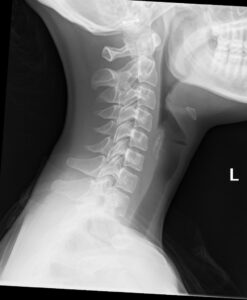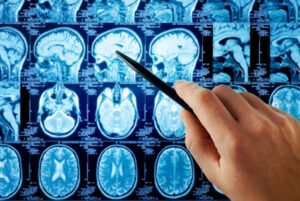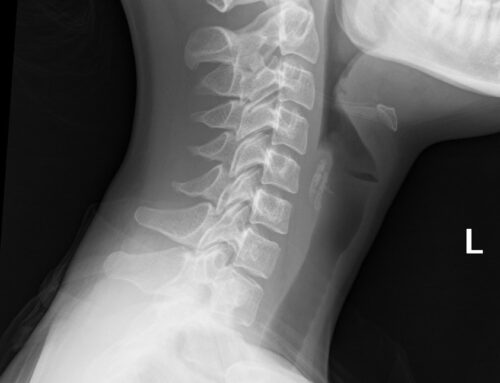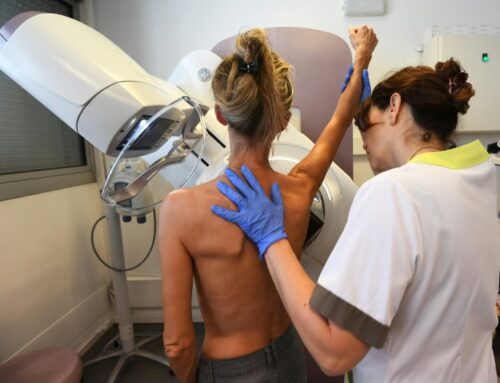What is Radiology?
Radiology is the branch of medicine that deals with the use of medical imaging to diagnose and treat diseases. It has come a long way since its inception in the late 19th century when X-rays were first discovered. Today, radiology has become an integral part of modern medicine, and new technologies are constantly being developed to improve its accuracy and efficiency. In this essay, we will discuss the newest radiology technology that is revolutionizing the field. 
Importance of MRI in Radiology
Magnetic Resonance Imaging (MRI) has been a staple of radiology for several decades now. It uses a strong magnetic field and radio waves to create detailed images of the body’s internal structures. However, traditional MRI machines have several limitations. They are bulky, expensive, and require patients to lie still for an extended period. This can be challenging for patients who are claustrophobic or have mobility issues.
The Newest technology of MRI
The newest technology in radiology is the Open MRI machine, which addresses these limitations. The Open MRI machine is designed to be more patient-friendly, with a larger opening that provides greater comfort and less anxiety for patients. This machine is also more accessible for patients who are overweight or have mobility issues, as they can be scanned while sitting or standing.
One of the most significant advantages of Open MRI technology is its ability to produce high-quality images without the need for contrast agents. Contrast agents are substances that are injected into the patient’s bloodstream to enhance the visibility of certain tissues or organs. While they are generally safe, some patients may have adverse reactions to these agents. With Open MRI technology, contrast agents can be avoided altogether, making it a safer and more efficient option for patients.
Another advantage of Open MRI technology is its versatility. It can be used to image any part of the body, including the brain, spine, joints, and organs. This makes it a valuable tool in diagnosing a wide range of conditions, from neurological disorders to musculoskeletal injuries.
What is fMRI
One of the most exciting applications of Open MRI technology is in the field of functional MRI (fMRI). fMRI is a type of MRI that measures changes in blood flow to different parts of the brain. This allows researchers to study brain function and activity in real-time, providing valuable insights into how the brain works and how it is affected by various conditions.

fMRI has already been used to study a wide range of neurological disorders, including Alzheimer’s disease, Parkinson’s disease, and schizophrenia. It has also been used to study the effects of drugs and other treatments on brain function. With Open MRI technology, fMRI can be made more accessible to patients, allowing for more widespread use in clinical settings.
In addition to its clinical applications, Open MRI technology also has significant implications for medical education and training. Medical students and residents can use Open MRI machines to gain hands-on experience with imaging techniques, preparing them for their future careers in medicine. This technology can also be used to train radiology technicians and other healthcare professionals, ensuring that they have the skills and knowledge necessary to provide high-quality care to patients.
Limitations of MRI in Radiology
Despite its many advantages, Open MRI technology is not without its limitations. While it can produce high-quality images, it may not be as precise as traditional MRI machines in certain situations. Additionally, it may not be suitable for all patients, particularly those with metal implants or other contraindications.
At the End
In conclusion, Open MRI technology represents the newest and most exciting development in radiology. Its patient-friendly design, versatility, and ability to produce high-quality images without the need for contrast agents make it a valuable tool in diagnosing a wide range of conditions. Its applications in functional MRI and medical education are also significant, making it a valuable asset for researchers and healthcare professionals alike. While it is not without its limitations, Open MRI technology is poised to revolutionize the field of radiology and improve patient care for years to come.
http://Scarboroughradiologists.com





